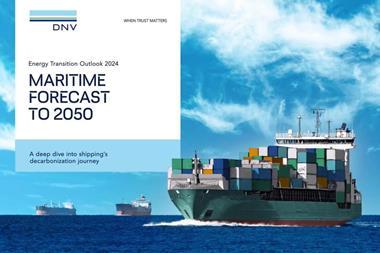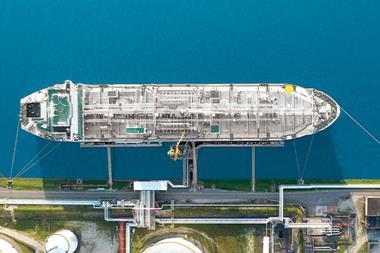
2018 was not a particularly good year for many energy sectors, however there is one that had a great 2018: Gas.
In many countries, it appears that gas is the right solution for the energy transition: lower levels of pollution than coal and oil, less expensive than the latter and does not raise the same questions as nuclear power when it comes to investment and handling of waste. The swing towards gas is amazing: I remember the Gas Conference in Paris three years ago, when not even one politician made the choice to visit this great event attended by the world’s gas leaders. Gas appeared to have a funny smell! Subsequently, however, the urgent problem of global warming, the difficulty in implementing any other solution, either renewable or nuclear, enabled gas emerge as the right solution.
Making green propulsion a reality
The Global Sulphur Cap (0.5% mass by mass emissions, instead of 3.5%) will eventually take effect on January 1st 2020, implying technical improvements for a majority of the 70,000 ships concerned. Such a process, involving a technical change for the worldwide fleet, is merely a response to the longevity of vessels and their diesel engines: it could be too slow to only rely on better efficiency for new ships, as vessel turnover is so low.
What are the options? Different technical solutions are already available to comply with the majority of the regulations ahead, but the two choices are either retaining harmful fuels (and installing cleaning systems), or switching to cleaner ones.
Supporting documents
Click link to download and view these files406_GTT_ebook_A4_BAT0519-online
PDF, FileSizeText 1.26 mb




